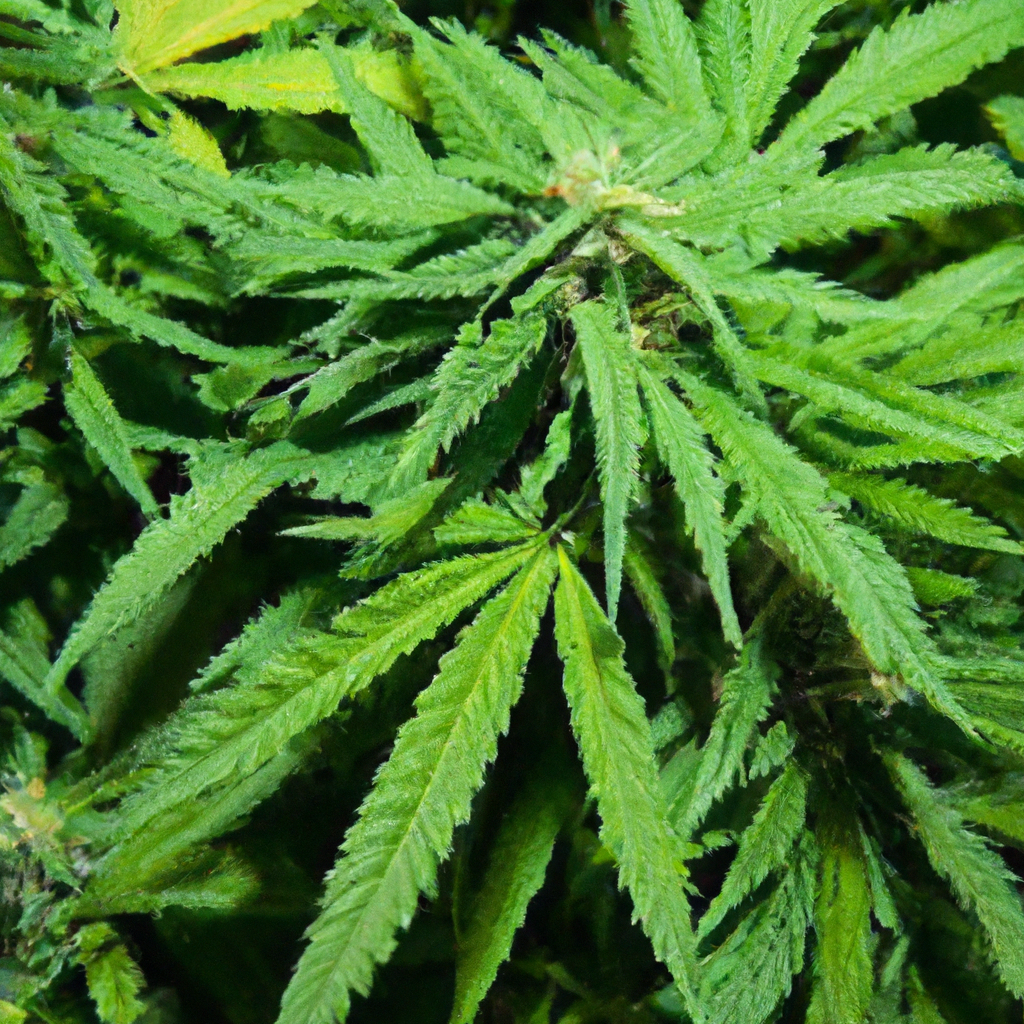By John “Magic” Greenleaf – “Growing greatness, one strain at a time.”
Introduction
As the cannabis industry continues to grow, so does the need for sustainable cultivation practices. One innovative approach gaining traction is the use of biodegradable materials. These materials not only reduce environmental impact but also enhance cultivation efficiency, offering a cleaner and greener future for cannabis growers. In this article, I’ll explore the benefits of biodegradable materials and how they can revolutionize cannabis growing.
Why Biodegradable Materials?
- Environmental Impact: Biodegradables significantly cut down on plastic waste, a common issue in cannabis cultivation.
- Plant Health: These materials often contain nutrients that improve soil quality and promote healthier plant growth.
- Cost Efficiency: While initial investments may be higher, the long-term savings from reduced waste management and enhanced crop yields balance the scales.
Types of Biodegradable Materials
Integrating biodegradables into cannabis cultivation isn’t just about replacing traditional methods but enhancing them. Here’s how:
- Bamboo Stakes: A sustainable alternative to plastic and metal, bamboo is durable and compostable, supporting plant structures effectively.
- Biodegradable Pots: Made by materials like coconut coir and peat, these pots decompose in the soil, reducing transplant shock and waste.
- Mulch and Soil Additives: Materials like straw, wood chips, and leaves improve moisture retention and slowly degrade, adding organic matter to the soil.
Integrating Biodegradables in Cultivation
Utilizing biodegradable materials in cannabis cultivation is not as challenging as it seems. Here’s a simple guide to get started:
- Research local sources for biodegradable products to support community businesses and reduce shipping emissions.
- Experiment with different materials and observe plant response, adjusting strategies as needed.
- Combine biodegradable mulches with organic compost to enrich the soil organically.
Conclusion
By adopting biodegradable materials, cannabis cultivators can significantly reduce their carbon footprint while enhancing soil health and plant growth. It’s a practical step toward a sustainable future in the cannabis industry—one where environmental responsibility goes hand in hand with cultivation success. As always, remember to start small, observe, and adapt your growing techniques to fit the needs of your plants and environment.
Tags: Sustainable Cultivation, Organic, Environmental Control


Leave a Reply